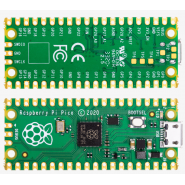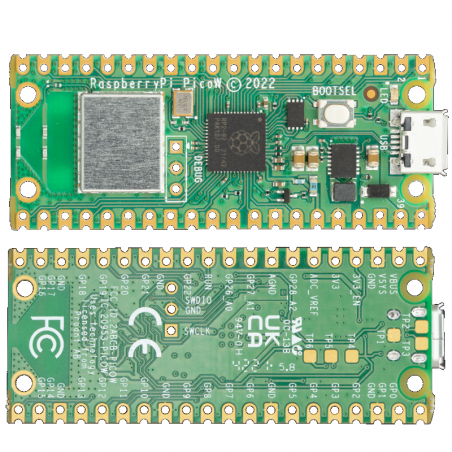
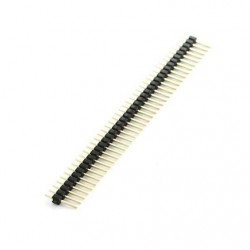
40 Pin Break Away Male Header
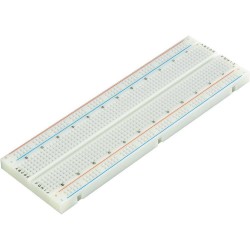







Raspberry Pi Pico W adds on-board single-band 2.4GHz wireless interfaces (802.11n) using the Infineon CYW4343 while retaining the Pico form factor.
If you have any questions on this product please feel free to contact us.
*Disclaimer: The images are merely illustrative.
Raspberry Pi Pico W adds on-board single-band 2.4GHz wireless interfaces (802.11n) using the Infineon CYW4343 while retaining the Pico form factor. The on-board 2.4GHz wireless interface has the following features:
Wireless (802.11n), single-band (2.4 GHz)
WPA3
Soft access point supporting up to four clients
The antenna is an onboard antenna licensed from ABRACON (formerly ProAnt). The wireless interface is connected via SPI to the RP2040 microcontroller.
Due to pin limitations, some of the wireless interface pins are shared. The CLK is shared with VSYS monitor, so only when there isn’t an SPI transaction in progress can VSYS be read via the ADC. The Infineon CYW43439 DIN/DOUT and IRQ all share one pin on the RP2040. Only when an SPI transaction isn’t in progress is it suitable to check for IRQs. The interface typically runs at 33MHz.
For best wireless performance, the antenna should be in free space. For instance, putting metal under or close by the antenna can reduce its performance both in terms of gain and bandwidth. Adding grounded metal to the sides of the antenna can improve the antenna’s bandwidth.
Dimensions: 21mm x 51.3mm
RP2040 (RP2040_Datasheet) microcontroller with 2MB of flash memory
On-board single-band 2.4GHz wireless interfaces (802.11n)
Micro USB B port for power and data (and for reprogramming the flash)
Supported input power 1.8–5.5V DC
Operating temperature -20°C to +70°C (including self-heating)
3-pin Arm serial wire debug (SWD) port
Dual-core cortex M0+ at up to 133MHz
264kB multi-bank high performance SRAM
2 × UART, 2 × I2C, 2 × SPI, 16 × PWM channels
1 × timer with 4 alarms, 1 × real time clock
2 × programmable I/O (PIO) blocks, 8 state machines in total

Download the Pinout Diagram (PDF)
Download Design Files (Cadence Allegro)
Download STEP File
Download Fritzing Part
Related products


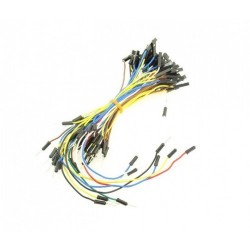
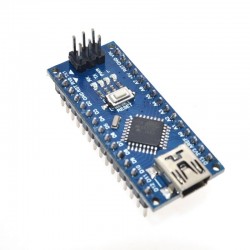
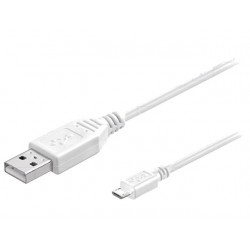

Raspberry Pi Pico W adds on-board single-band 2.4GHz wireless interfaces (802.11n) using the Infineon CYW4343 while retaining the Pico form factor.

